What Matters When Everything is an Experience?: Aspects of Experiences for Design
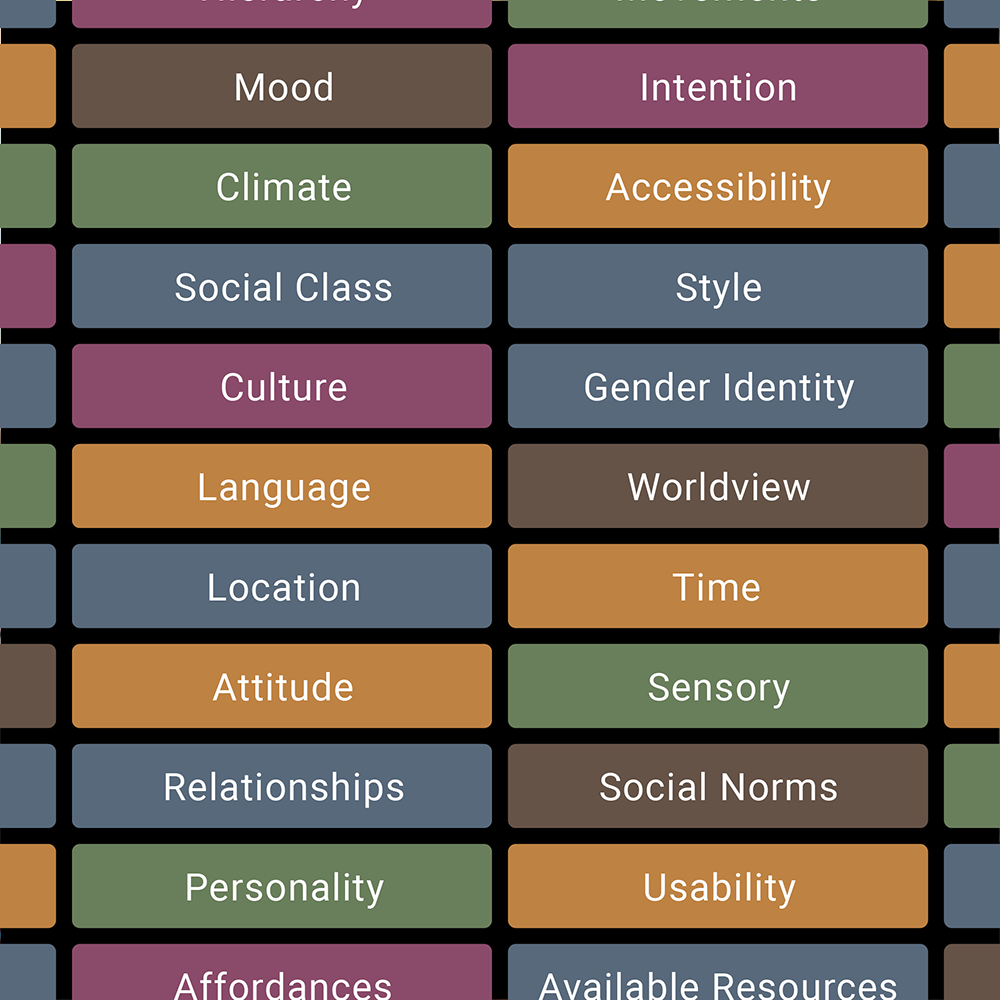
I teach in the MFA in Experience Design at Miami University. We are the only design research-based, distance learning MFA in Experience Design in the world. In fact, we are one of the very few Experience Design programs in the world. When we revised xdMFA in 2016 into its current form, “experience design” was a very fuzzy and ill-defined term. After all, everything is an experience, and more often than not in our world, these experiences are impacted by products, services, and systems that have been designed. Your and my experiences are framed by decisions made by others—by designers.
Experience Design is still not a well-understood term. As you might imagine, launching a graduate program in design research for experience design involves figuring out what you will be teaching. I have spent years seeking out what others’ have found experience design to be and I have written and published a little on the matter. But creating a terminal degree in experience design requires more than just thorough research for publication. It requires a deep dive into the very core of experiences, themselves. I have spent three years searching every discipline I could imagine to find the answer to this question:
What aspects of a person’s complete experience can and should we account for when designing?
The result was Aspects of Experiences for Design (AoE4D).
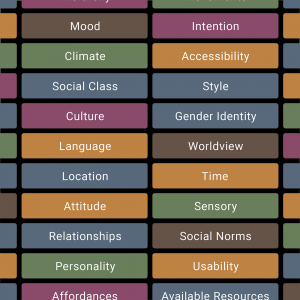
AoE4D is a collection of 48 different aspects of actors who are involved in experience design scenes—scenes where people use design and have an experience. Some experiences can be frustrating, for example, when a person has a bad attitude about the behavior they must perform.
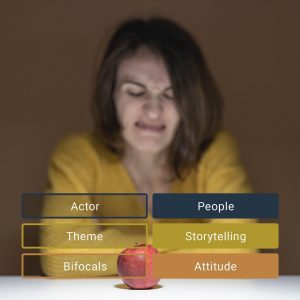
Some experiences feel effortless because the design is well-crafted and meets the needs of the people using it. This signage at Amsterdam Airport Schiphol guides travelers through a very busy travel corridor.
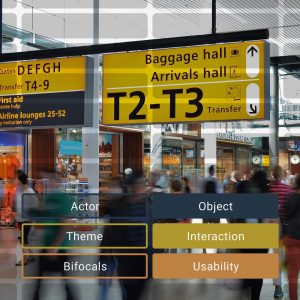
Laws that are specific to different contexts, such as lines in a parking lot, define how people should behave, how objects like cars should be situated, and also what will happen if those laws are not followed. Invisible laws can have a significant impact on peoples’ experiences.
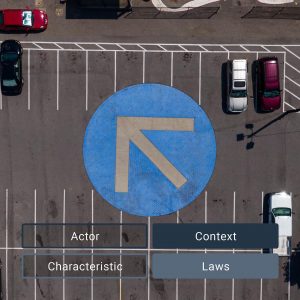
People’s mental and physical conditions can override their experience. If a person is not feeling well, they may not be able to use complicated interfaces or parent their children effectively.
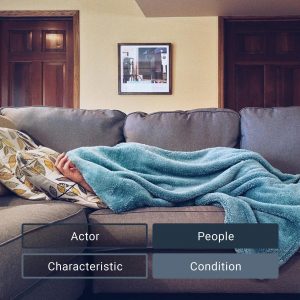
A person’s physical condition does not tell the full story. What a person believes about themself steers their thoughts and actions. A person’s self-concept is not easy to measure, but it is still a palpable aspect of their complete experience.
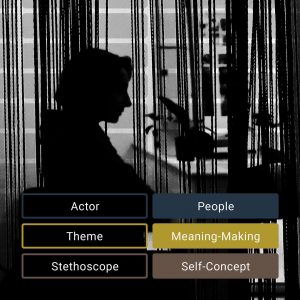
Pay Attention, Designers. A Lot Goes Into an Experience.
I developed AoE4D to guide designers and researchers as we create products, services, and systems that not only make the world more usable but also more enjoyable. If designers create outcomes that neglect people’s feelings, those people will be less likely to adopt and use a design outcome that could improve their experience. If designers create outcomes that ignore people’s diverse physical and relational makeup, those people may feel neglected and could even be marginalized.
In xdMFA we say “people deserve better experiences.” When we consider complete experiences in high-definition, we can research and co-design outcomes that will be relevant and meaningful to the individuals and communities they were designed to serve.
Learn more about my work on Aspects of Experience for Design at aoe4d.com.
Be the First to Comment